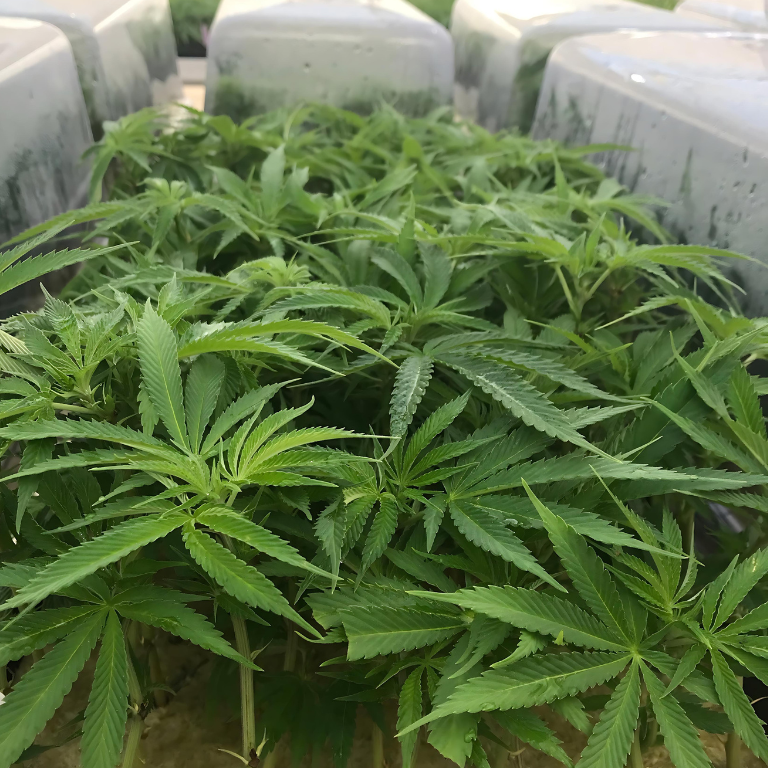Global Cannabis Cultivation: Trends, Challenges, and Heritage

Cannabis cultivation has a long and storied history, deeply embedded in various cultures across the globe. Today, the cultivation of cannabis is a booming industry influenced by legalization trends, technological advancements, and shifting societal attitudes. This article delves into the current trends, challenges, and heritage of global cannabis cultivation, providing a comprehensive overview of this dynamic sector.
The Heritage of Cannabis Cultivation
Cannabis has been cultivated for thousands of years, with its origins traced back to ancient Central Asia. It has been used for medicinal, recreational, and industrial purposes across different civilizations, from ancient Chinese and Indian cultures to Egyptian and Greek societies.
Traditional Cultivation Practices
Traditional cultivation methods have evolved over centuries, with farmers developing techniques suited to their local environments. In countries like India, the “ganja” and “bhang” have been integral to cultural and religious practices. Similarly, Morocco’s Rif Mountains are renowned for producing high-quality hashish using age-old methods.
Current Trends in Global Cannabis Cultivation
The wave of legalization sweeping across the globe is one of the most significant trends in cannabis cultivation. Countries like Canada and Uruguay have fully legalized cannabis, while many U.S. states and European nations have adopted more permissive laws. This trend has spurred market expansion and increased investment in the industry.
Technological Advancements
Modern technology is revolutionizing cannabis cultivation. Innovations in genetic research, hydroponics, and automation are enhancing yield, quality, and efficiency. These advancements enable growers to fine-tune environmental conditions and ensure consistent production.
Sustainable Practices
Sustainability is becoming a critical focus in cannabis cultivation. Growers are adopting eco-friendly practices, such as organic farming, water conservation techniques, and renewable energy sources, to reduce the environmental impact of their operations.
Global Market Dynamics
The global cannabis market is experiencing rapid growth, driven by increasing demand for medical and recreational cannabis. This growth is leading to more competitive markets, with producers striving to differentiate their products through quality and branding.
Challenges in Global Cannabis Cultivation
Navigating the complex and often conflicting regulatory landscapes poses a significant challenge. Each country, and sometimes even regions within countries, has its own set of rules governing cannabis cultivation, requiring growers to stay well-informed and adaptable.
Quality Control and Standardization
Ensuring consistent quality is crucial for both medical and recreational cannabis. This involves rigorous testing for cannabinoid content, contaminants, and potency. However, the lack of standardized testing protocols can lead to discrepancies and pose challenges for international trade.
Pest and Disease Management
Cannabis plants are susceptible to various pests and diseases, which can significantly impact yield and quality. Integrated Pest Management (IPM) strategies are essential, combining biological, chemical, and cultural practices to manage these threats effectively.
Economic and Financial Challenges
High initial investment costs and fluctuating market prices are significant economic challenges. Additionally, accessing banking services remains problematic in many regions due to the legal status of cannabis, complicating financial operations for growers.
Social and Political Factors
Social stigma and political opposition can hinder the development of the cannabis industry in certain regions. Public perception is gradually changing, but societal acceptance varies widely, influencing policy decisions and market growth.
Regional Perspectives on Cannabis Cultivation
North America: North America, particularly the U.S. and Canada, is at the forefront of the cannabis industry. Legalization in Canada and several U.S. states has created a robust market with significant investment in research and development. However, federal prohibition in the U.S. poses regulatory challenges.
Europe: Europe is gradually embracing cannabis, with countries like Germany and the Netherlands leading the way in medical cannabis. The European market is expected to grow rapidly, although regulatory fragmentation and varying degrees of acceptance present challenges.
Latin America: Latin America has a rich heritage of cannabis cultivation, particularly for industrial hemp. Countries like Uruguay and Colombia are emerging as significant players in the legal cannabis market, leveraging favorable climates and low production costs.
Asia: Asia’s approach to cannabis is diverse. While countries like Thailand are exploring medical cannabis, others maintain strict prohibitions. However, the historical use of cannabis in traditional medicine indicates potential future developments.
Africa: Africa is tapping into its favorable growing conditions to enter the global cannabis market. Countries like Lesotho and South Africa have legalized medical cannabis, aiming to become key exporters. However, infrastructural and regulatory hurdles need to be addressed.
The Future of Global Cannabis Cultivation
Continued innovation and research will drive the future of cannabis cultivation. Advances in genetics, cultivation techniques, and product development will shape the industry, offering new opportunities for growth and differentiation.
Global Trade and Market Integration
As more countries legalize cannabis, international trade will become increasingly important. Standardizing regulations and quality control measures will be crucial for facilitating global market integration and ensuring the competitiveness of producers.
Social Equity and Inclusion
Addressing social equity issues is vital for the future of the cannabis industry. Ensuring that marginalized communities benefit from legalization and have access to opportunities within the industry is essential for sustainable and inclusive growth.
Global cannabis cultivation is at a pivotal point, driven by legalization, technological advancements, and changing societal attitudes. While challenges remain, the industry’s rich heritage and dynamic trends point to a promising future. By navigating regulatory landscapes, adopting sustainable practices, and embracing innovation, the global cannabis industry can continue to thrive and make significant contributions to health, economy, and society.











